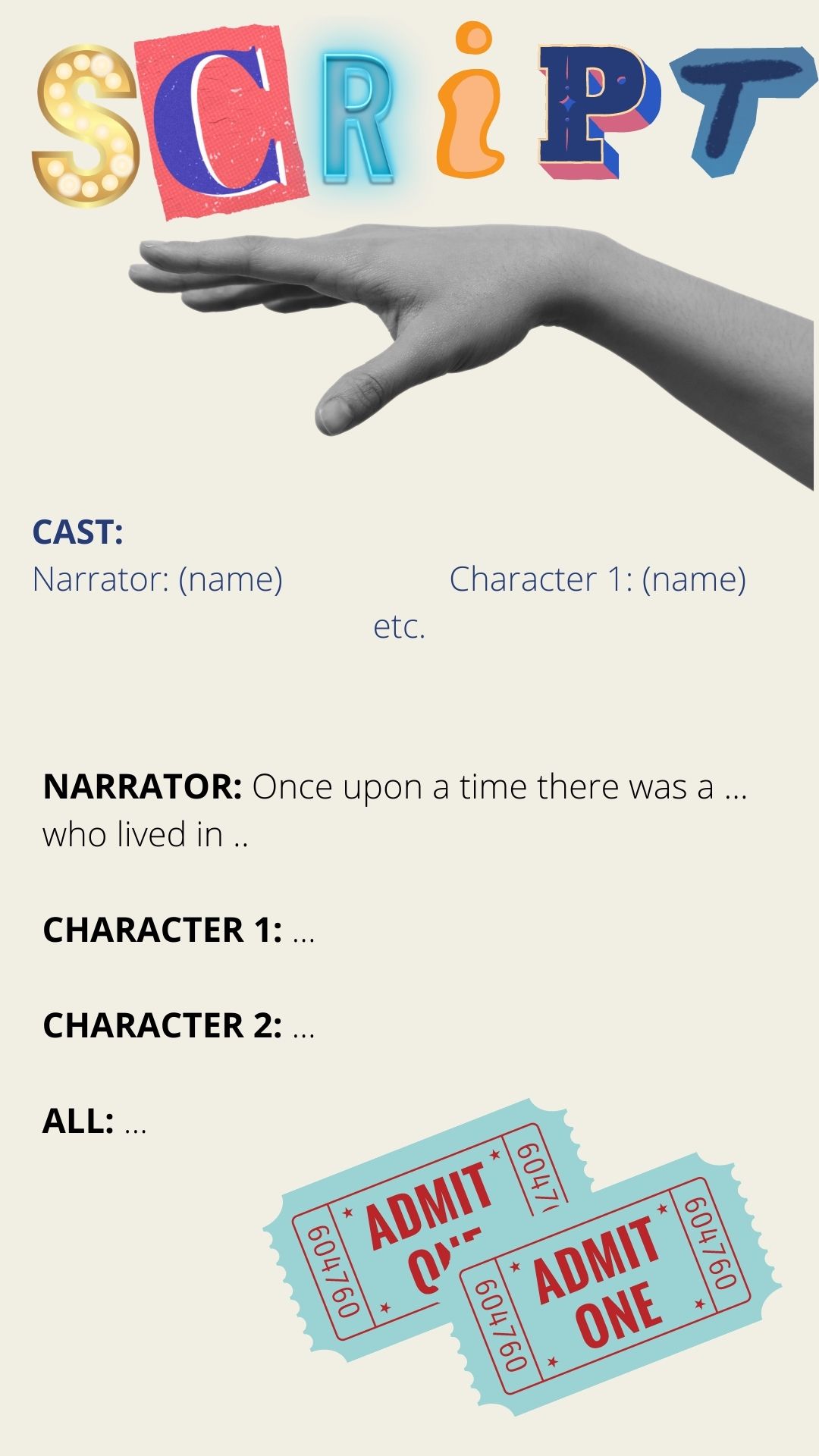Long Ago ...

England, Scotland, Wales and Northern Ireland are surrounded by mystery, owning loads of myths and legends
that fascinate people all over the world century after century and that say a lot about British society.
![]()
Our point of departure is being clear about what a legend is and what a myth is, as they are dissimilar. Whereas a
legend is a traditional story about the past, supposed to be true and starred by kings or heroes, a myth is a traditional
story about the world and it usually has Gods or supernatural heroes as main characters.
.
There are plenty of places in the UK countryside, like castles or natural landscapes, which have inspired these
ancient stories. Think about visiting them in your future travel to the British land, if you dare!
.
For the moment being, we will start gaining insights about some of the most popular ones through teamwork
and carring out a small theatre performance in class, later on. 🎭
After having formed small working groups, read the below list with some of the most popular British myths and/or
legends. Choose one and research about it, not disregarding where they are based (UK country and city) and the
story itself:
- The Loch Ness Monster
- Robin Hood
- The Kelpies
- King Arthur
- Lady Godiva
- Beowulf
With the help of your team classmates and your teacher invent a script with short and simple sentences where all
the group members play a role, whether a narrator or a character within the story. The whole myth/legend must be
explained and represented as a theatre play from beginning to end, with all the characters portrayed in it. You will
be able to elaborate any decorative background you may need or even complements to leave clear who each
character is.
.
STEPS to follow:
1. Search for information about your chosen myth or legend.
2. Put the info found in common and create an easy script among all the group members.
Carry out the cast (distribution of characters).
3. Check grammatical correction and appropiateness of your created play with your teacher.
4. Elaborate any accessories or props you may need.
5. Rehearse for the mise-en-scène the in class.
6. Have fun while learning! 😉
